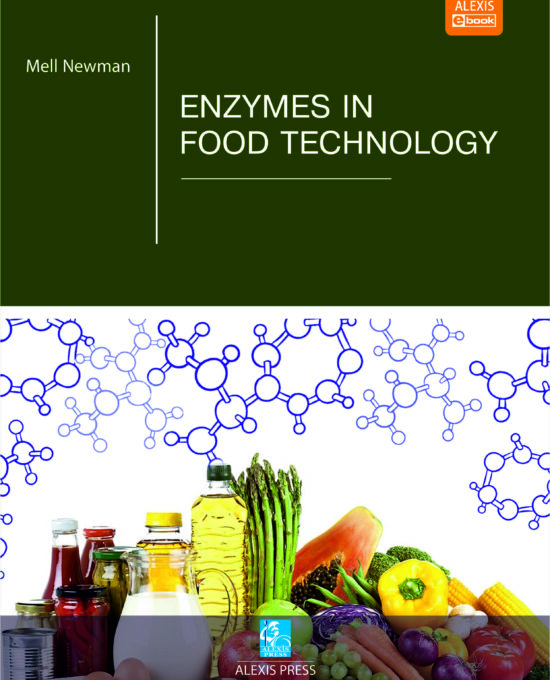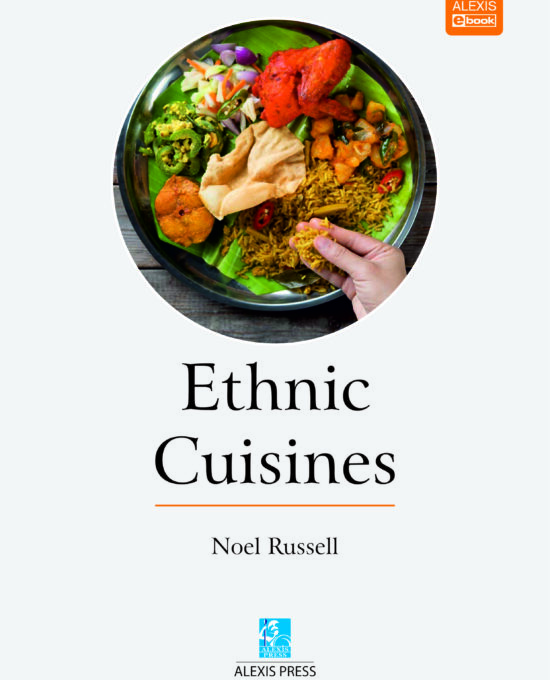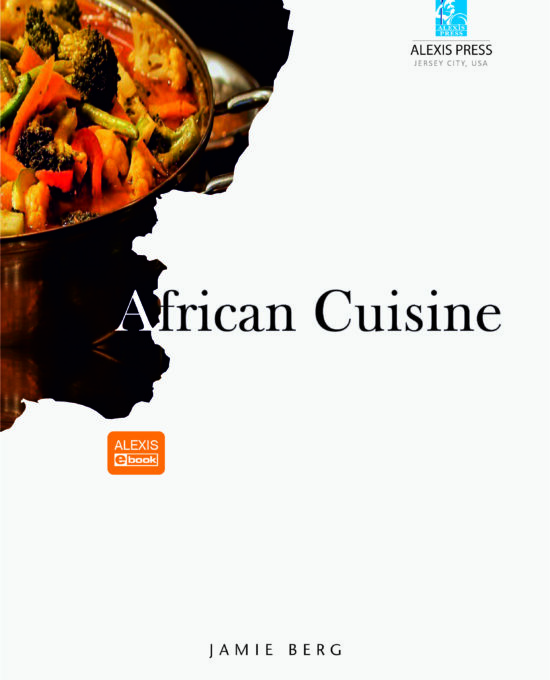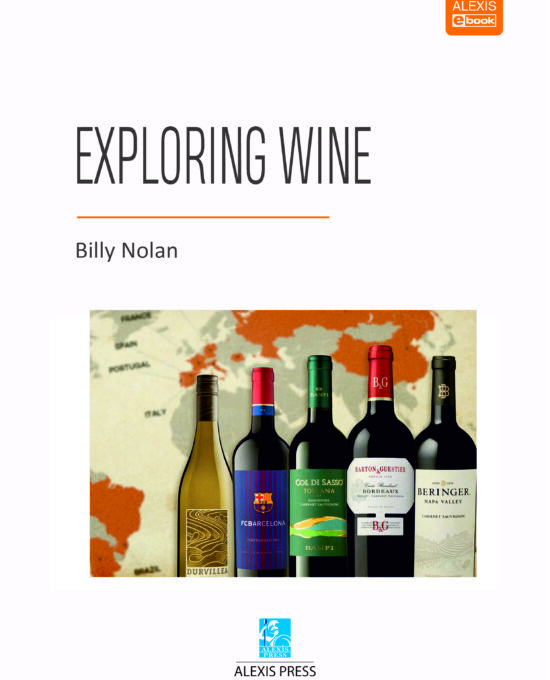Add to Wishlist
Lipids: Biochemistry, Biotechnology and Health
By Avery Holmes
Publisher: Alexis Press LLC
$135.00
ISBN 13: 979-8-89143-093-8
YEAR: 2024
eBOOK
Instant Delivery
SKU:
ALX-FSB-093-8
Category:
Food Science & Beverages
Additional information
| Access Type | Download eBook, Read Only |
|---|
Be the first to review “Lipids: Biochemistry, Biotechnology and Health” Cancel reply
You must be logged in to post a review.
Purchase now to read the book online.
Select optionsRelated products
The Cooking Book
$135.00
Cooking, cookery, or culinary arts is the art, science, and craft of using heat to prepare food for consumption. Cooking techniques and ingredients vary widely, from grilling food over an open fire to using electric stoves to baking in various types of ovens, reflecting local conditions. Types of cooking also depend on the skill levels and training of the cooks. Cooking is done both by people in their own dwellings and by professional cooks and chefs in restaurants and other food establishments. Preparing food with heat or fire is an activity unique to humans. Archeological evidence of cooking fires from at least 300,000 years ago exists, but some estimate that humans started cooking up to 2 million years ago.
The Cooking Book
$135.00
Cooking, cookery, or culinary arts is the art, science, and craft of using heat to prepare food for consumption. Cooking techniques and ingredients vary widely, from grilling food over an open fire to using electric stoves to baking in various types of ovens, reflecting local conditions. Types of cooking also depend on the skill levels and training of the cooks. Cooking is done both by people in their own dwellings and by professional cooks and chefs in restaurants and other food establishments. Preparing food with heat or fire is an activity unique to humans. Archeological evidence of cooking fires from at least 300,000 years ago exists, but some estimate that humans started cooking up to 2 million years ago.
Techniques Of Healthy Cooking
By Ali Wiggins
$135.00
Cooking is the act of using heat to prepare food for consumption. Cooking is as old as civilization itself, and observers have perceived it as both an art and a science. Its history sheds light on the very origins of human settlement, and its variety and traditions reflect unique social, cultural, and environmental influences. This book will be a valuable resource for undergraduate students in culinary nutrition, nutrition science, food science and nutrition, and culinary arts courses.
Techniques Of Healthy Cooking
By Ali Wiggins
$135.00
Cooking is the act of using heat to prepare food for consumption. Cooking is as old as civilization itself, and observers have perceived it as both an art and a science. Its history sheds light on the very origins of human settlement, and its variety and traditions reflect unique social, cultural, and environmental influences. This book will be a valuable resource for undergraduate students in culinary nutrition, nutrition science, food science and nutrition, and culinary arts courses.
Beverages: Technology, Chemistry And Microbiology
By Kerry Sutton
$135.00
A drink or beverage is a liquid intended for human consumption. In addition to their basic function of satisfying thirst, drinks play important roles in human culture. Common types of drinks include plain drinking water, milk, juice, smoothies, and soft drinks. Traditionally warm beverages include coffee, tea, and hot chocolate. Caffeinated drinks that contain the stimulant caffeine have a long history. In addition, alcoholic drinks such as wine, beer, and liquor, which contain the drug ethanol, have been part of human culture for more than 8,000 years. Non-alcoholic drinks often signify drinks that would normally contain alcohol, such as beer, wine, and cocktails, but are made with a sufficiently low concentration of alcohol by volume. The category includes drinks that have undergone an alcohol removal process such as non-alcoholic beers and de-alcoholized wines.
Beverages: Technology, Chemistry And Microbiology
By Kerry Sutton
$135.00
A drink or beverage is a liquid intended for human consumption. In addition to their basic function of satisfying thirst, drinks play important roles in human culture. Common types of drinks include plain drinking water, milk, juice, smoothies, and soft drinks. Traditionally warm beverages include coffee, tea, and hot chocolate. Caffeinated drinks that contain the stimulant caffeine have a long history. In addition, alcoholic drinks such as wine, beer, and liquor, which contain the drug ethanol, have been part of human culture for more than 8,000 years. Non-alcoholic drinks often signify drinks that would normally contain alcohol, such as beer, wine, and cocktails, but are made with a sufficiently low concentration of alcohol by volume. The category includes drinks that have undergone an alcohol removal process such as non-alcoholic beers and de-alcoholized wines.
Recent Trends In Soft Beverages
By Rory Willis
$135.00
A beverage includes all types of edible drinks. From tea to coffee and various juices, mocktails, cocktails, soft drinks, alcoholic drinks – all these drinks are various kinds of beverages made and served worldwide. So you will find thousands of beverages that are consumed all over the world. Beverages can be healthy like smoothies, tisanes, fresh fruit juices, vegetable juices, and milkshakes. They can be alcoholic or non-alcoholic as well. They can be served hot like cappuccino, tea, or espresso or served cold like frappes or a cold beer or shakes.
Recent Trends In Soft Beverages
By Rory Willis
$135.00
A beverage includes all types of edible drinks. From tea to coffee and various juices, mocktails, cocktails, soft drinks, alcoholic drinks – all these drinks are various kinds of beverages made and served worldwide. So you will find thousands of beverages that are consumed all over the world. Beverages can be healthy like smoothies, tisanes, fresh fruit juices, vegetable juices, and milkshakes. They can be alcoholic or non-alcoholic as well. They can be served hot like cappuccino, tea, or espresso or served cold like frappes or a cold beer or shakes.
Medical Parasitology And Health
By Jess Hooper
$135.00
Diseases caused by many species of parasitic worms, blood flukes, tapeworms, hookworms, and others are still scourges of mankind. Insect parasites such as fleas and lice are, at best, annoyances to man, and as vectors of diseases like bubonic plague and typhus have been responsible for uncountable human mortality. Mosquitoes not only transmit malaria, but spread yellow fever, encephalitis, and other viral diseases, and are responsible for inoculating into humans several species of filarial worms that cause some of the most horrific diseases in the medical literature. Emerging diseases such as Lyme disease, transmitted by ticks are increasingly recognized as significant to human health. Medical parasitologists utilize many approaches to combating parasites. Among the areas of research are epidemiology, chemotherapy, immunology, and pathology.
Medical Parasitology And Health
By Jess Hooper
$135.00
Diseases caused by many species of parasitic worms, blood flukes, tapeworms, hookworms, and others are still scourges of mankind. Insect parasites such as fleas and lice are, at best, annoyances to man, and as vectors of diseases like bubonic plague and typhus have been responsible for uncountable human mortality. Mosquitoes not only transmit malaria, but spread yellow fever, encephalitis, and other viral diseases, and are responsible for inoculating into humans several species of filarial worms that cause some of the most horrific diseases in the medical literature. Emerging diseases such as Lyme disease, transmitted by ticks are increasingly recognized as significant to human health. Medical parasitologists utilize many approaches to combating parasites. Among the areas of research are epidemiology, chemotherapy, immunology, and pathology.












Reviews
There are no reviews yet.